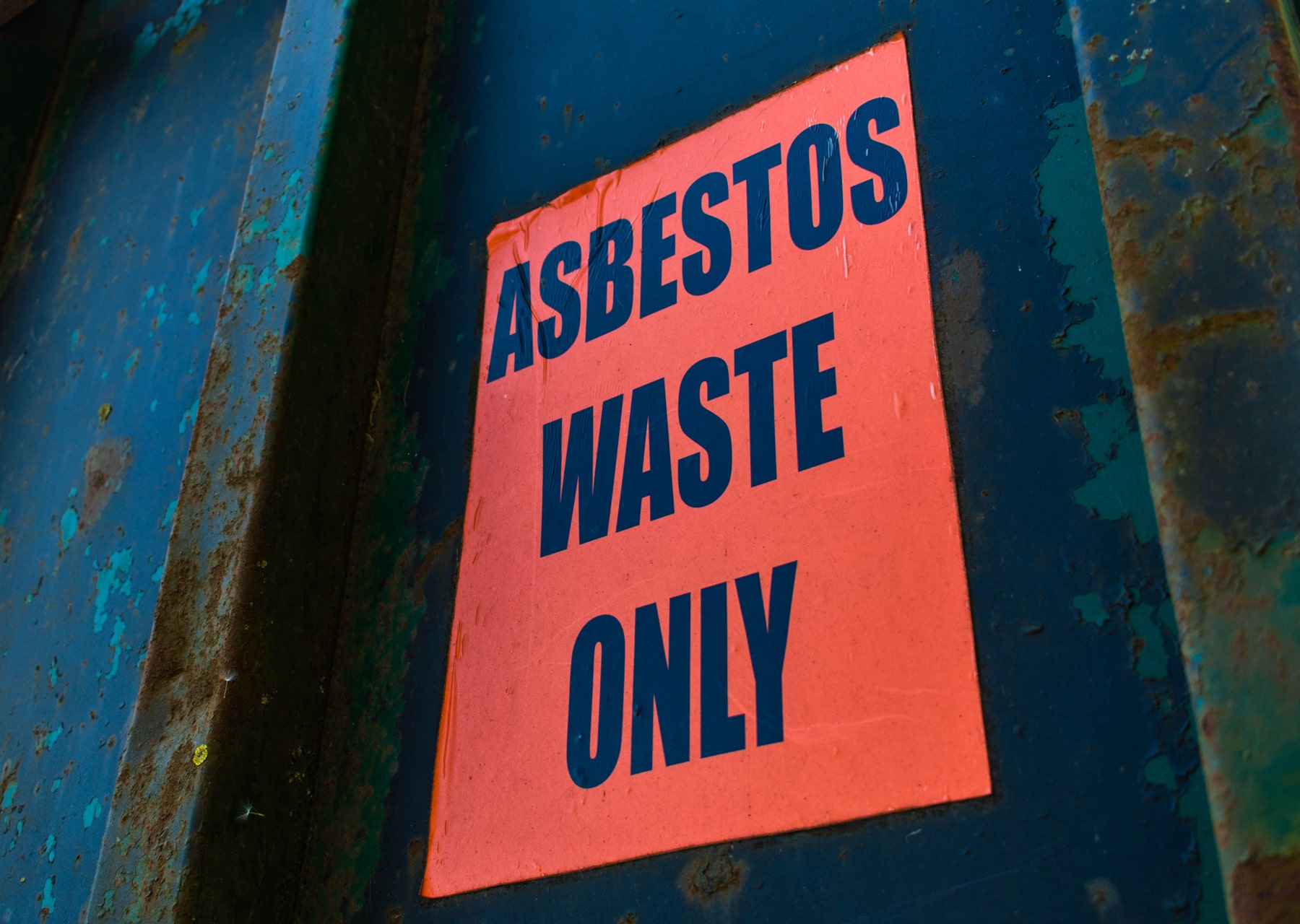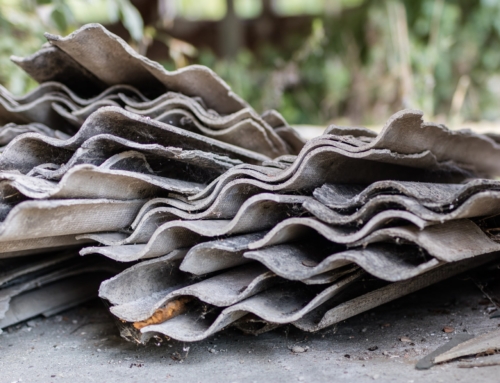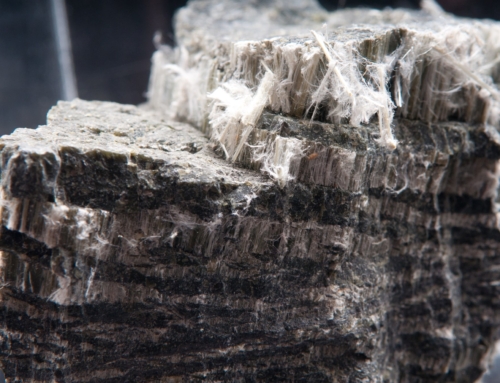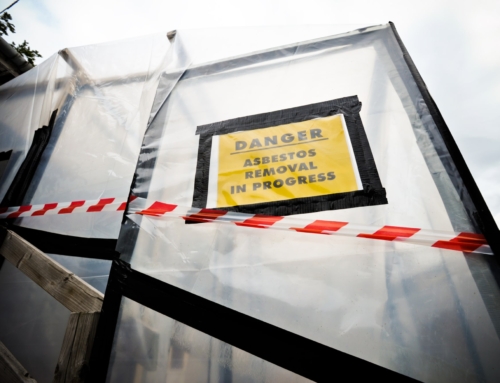Asbestos was once widely used as a building material for its fire resistance, sound absorption and durability. However, it was later discovered to be a silent killer, causing severe health issues such as lung cancer, asbestosis and mesothelioma. Consequently, proper asbestos removal and waste disposal is vital for everyone’s safety, as its mishandling can lead to grave environmental and public health repercussions.
The journey of asbestos waste from its initial identification to its final disposal is an important process. Through meticulous surveys, removal, packaging, transportation and disposal procedures, the risks associated with asbestos waste can be mitigated.
To find out more about the complex process of dealing with asbestos waste and responsible disposal, read on.
What’s the hazardous waste threshold of asbestos?
So why is asbestos so dangerous? Asbestos-containing materials (ACMs) are found in many properties built before 2000, commonly used in construction materials like insulation, roofing and flooring until the adverse health effects were recognised.
Waste is deemed hazardous if it has an asbestos concentration of 0.1% or more, so the risks should be treated extremely seriously. If the material becomes disturbed or damaged, it can release tiny asbestos fibres into the air, which can easily be inhaled. These fibres become lodged in the lungs, causing respiratory diseases and fatal illnesses.
How do you safely remove asbestos?
Due to the risks involved, removing asbestos waste requires stringent adherence to UK regulations and codes of practice. Before removal, ACMs are identified through asbestos testing and surveys to determine what you’re dealing with. Trained and certified asbestos professionals, equipped with protective measures, should manage the removal, handling and disposal of the materials in question.
During asbestos removals, the area is isolated to prevent the spread of fibres, taking steps to reduce the release of airborne particles (such as wetting down the material). The asbestos is then carefully removed and placed in sealed containers.
How is asbestos transported?
Asbestos waste is tightly double-bagged in secure, leak-proof and labelled containers that comply with asbestos standards. This is to prevent fibre release and minimise the risk of contamination.
Transportation of asbestos waste must adhere to specific regulations. Specialist vehicles and waste carriers are used to prevent accidental asbestos release during transit. Throughout the process, proper documentation is crucial. Records are maintained to track the waste from its origin to its final disposal point, ensuring accountability and compliance.
Where is asbestos waste taken and disposed of?
Asbestos waste is typically disposed of at designated transfer stations licensed to accept hazardous waste. These sites are equipped to manage asbestos-containing materials safely, minimising contamination to safeguard the environment, contractors and public.
While the proper disposal of asbestos waste significantly reduces immediate health risks, the environmental impact remains a concern. Asbestos does not degrade over time, and improper disposal could lead to long-term soil and water contamination. Therefore, landfill sites accepting asbestos waste must have rigorous containment measures to prevent the spread of fibres into the surrounding environment.
Need a safe asbestos removal service? Contact our team
Goodbye Asbestos operates across London, Surrey and the Home Counties, offering safe asbestos testing and removals in Dulwich, Earlsfield and beyond.
For a free asbestos disposal quote, contact us today.




